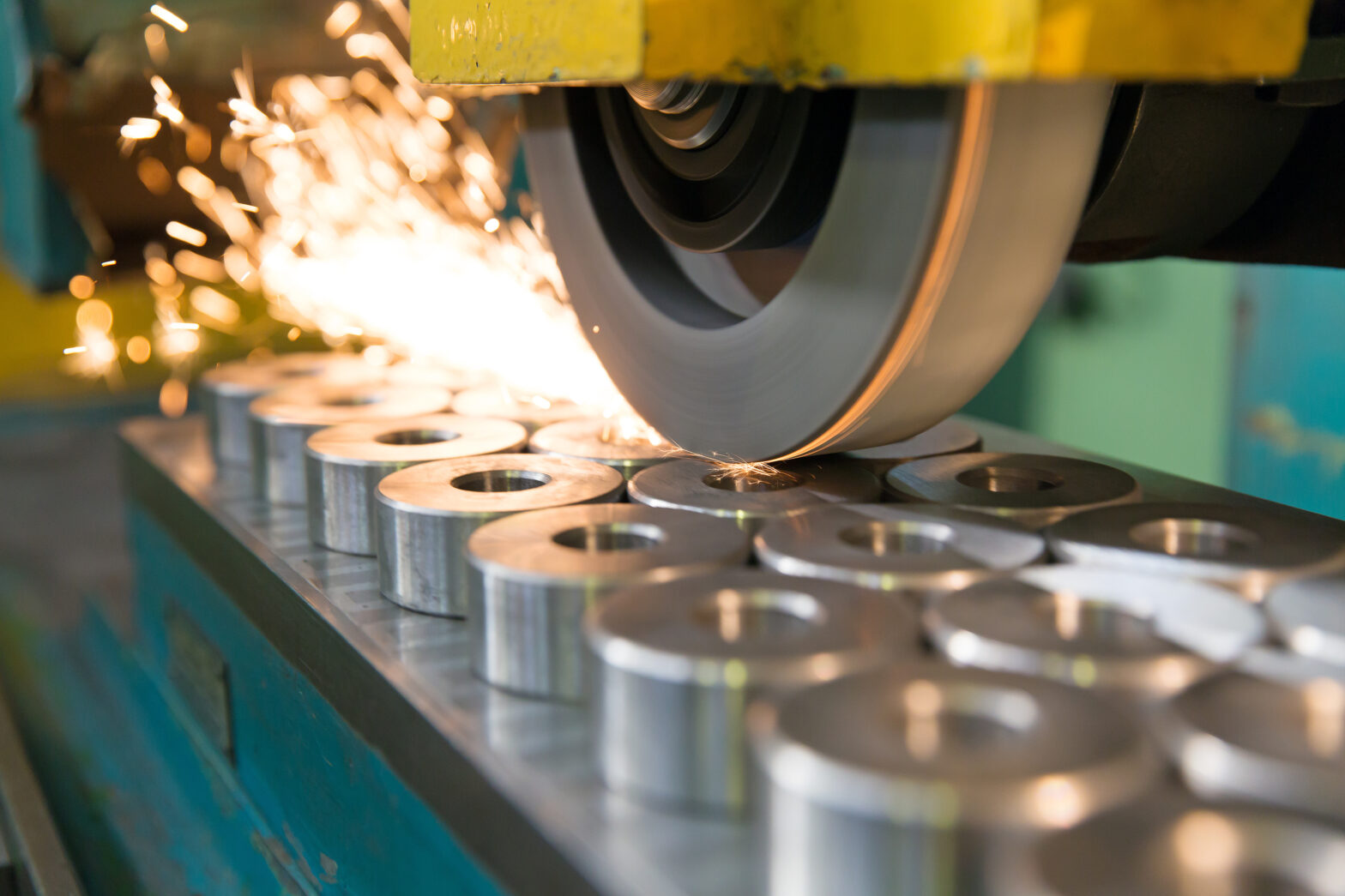The worlds of commerce and business are constantly evolving, with new trends and practices emerging on an annual basis. We have seen a rising number of larger corporations invest heavily in the development of their small business clients, with shipping brand Parcel2Go having recently made a £300,000 commitment to SME partners in the form of creative discounts.
As you would expect, 2017 will see the emergence of several new trends in various markets and industries, with some sectors braced to experience considerable change in the coming 12 months. Take the manufacturing industry, for example, which sits at the forefront of technological innovation and is set to become increasingly reliant on automation in the near-term.
Such advancement is likely to become increasingly impactful in emerging economies such as China, where manufacturing accounts for an impressive 46.8 per cent of the nation’s cumulative GDP and creates millions of jobs across the globe.
With this in mind, let’s take a further look at the key manufacturing trends that are likely to take hold in the next year: –
The rise and rise of green manufacturing
Initially, many manufacturers were loathe to embrace the application of green processes and materials. This was mainly due to the singular focus that was placed on the environmental benefits of green manufacturing, however, rather than the cost savings that were also available to businesses.
This is no longer the case, however, as companies have begun to realise the long-term cost benefits of eco-friendly practices and triggered further innovation within this niche. The concept of lean production, which focuses on systematically minimising the wastage related to both materials and human resources, has been pioneered by brands such as Ford and is likely to become increasingly commonplace among smaller manufacturers as 2017 progresses.
We may also see further strides made in the use of renewable energy next year, as sustainable resources become cheaper and more accessible to businesses. This will reduce the short-term costs associated with green manufacturing, enabling companies of all sizes to leverage these and drive long-term savings.
Products will become smarter in 2017
While the concept of smart technology is nothing new, manufacturers have done little more than experiment with this during the last two years. This is largely due to the fact that manufacturers typically have a fundamental lack of experience with smart technology, while they have also struggled to create the digital infrastructure that is required to leverage such innovation.
As smart tech has become increasingly prominent, however, manufacturers have begun to tap into this potential by identifying viable applications that are relevant to the service that they deliver. This will bear fruit in 2017, as companies start to innovate and manufacture products that are capable of collating data throughout their entire life cycle.
More specifically, manufacturers will embed a variety of sensors into the products that they make and distribute, which in turn will gather, manage and store data relating to usage, consumer behaviour and prominent design flaws. This not only informs potential product improvements in the future, but it also helps manufacturers to understand the true longevity and life-cycles of their assets.
Over time, this will translate into more efficient and cost-effective products that deliver superior value to customers.
Manufacturing will become increasingly analytical
As we can see, many of the breaking trends in manufacturing are driven by a need for greater efficiency. Whether this applies to the utilisation of human resources or the leveraging of data to create more efficient cost and product propositions, manufacturers are increasingly keen (and able) to drive productivity and reduce error.
In addition to the rise of product sensors and data management techniques, this is also triggering the use of analytical software for enabling manufacturers to arrive at more informed and strategic decisions.
Beyond this, 2017 will also herald the widespread adoption of predictive analytics in manufacturing, which will once again be driven by smart sensors and integrated at every stage of the production process. From automated machinery to sensors that track product demand and distribution, companies will be able to access huge swathes of data that enable to pre-empt specific trends and events in the future.





